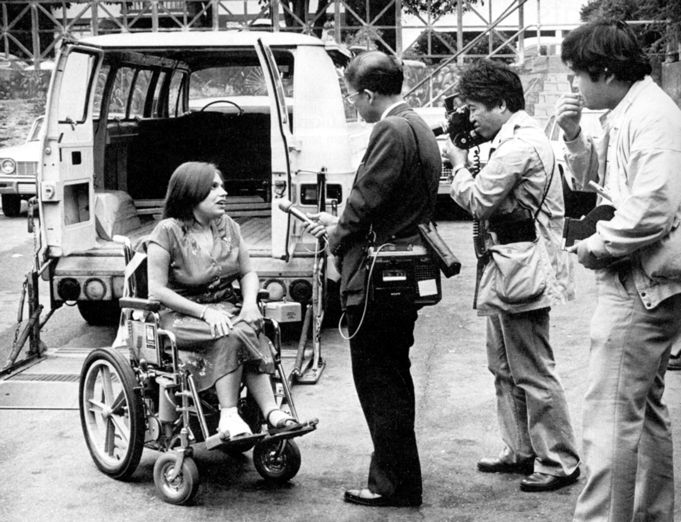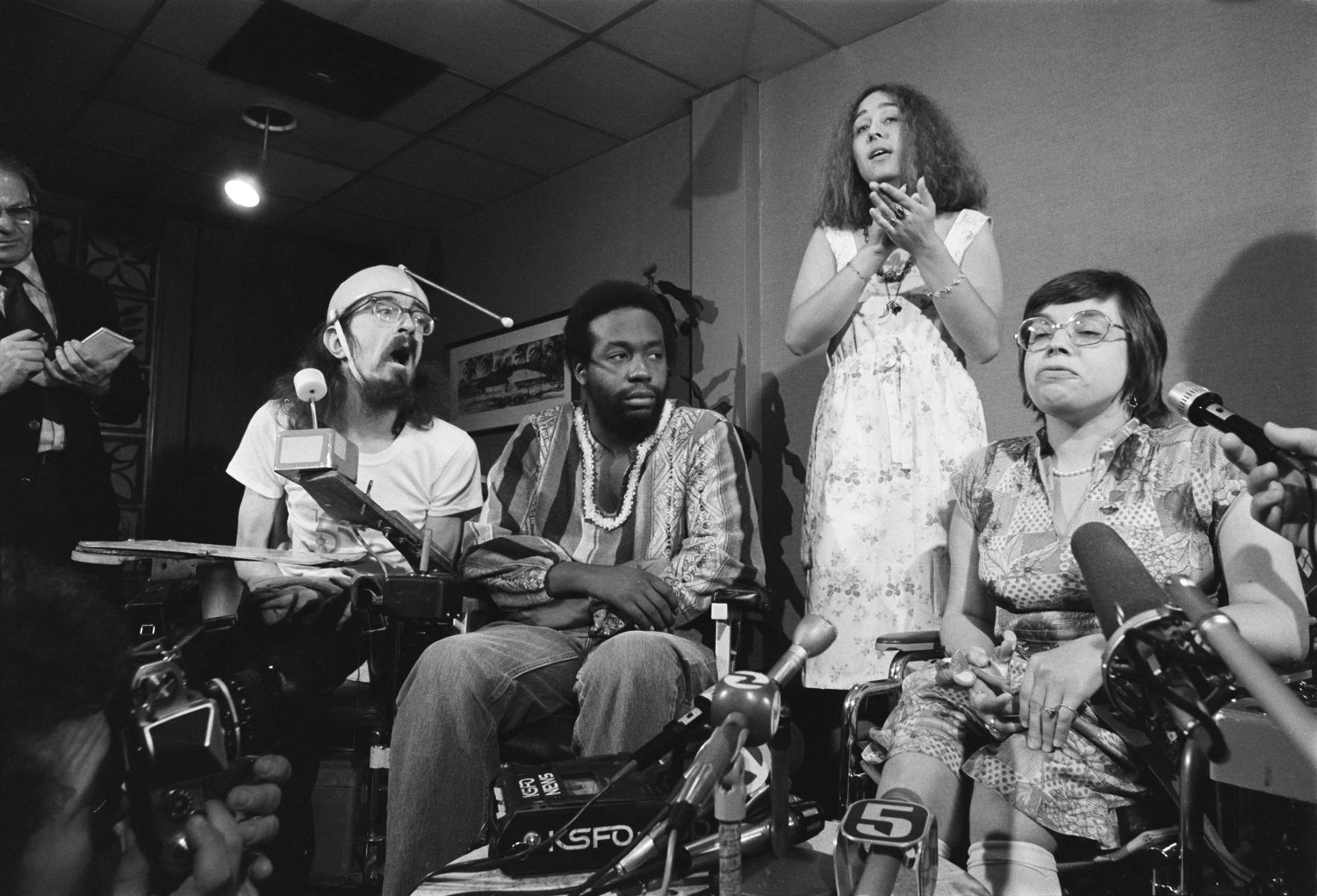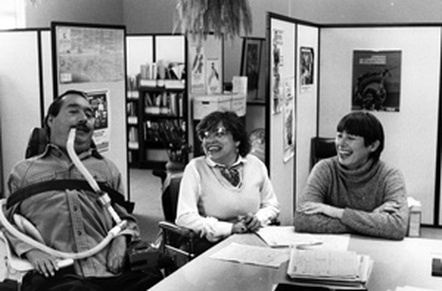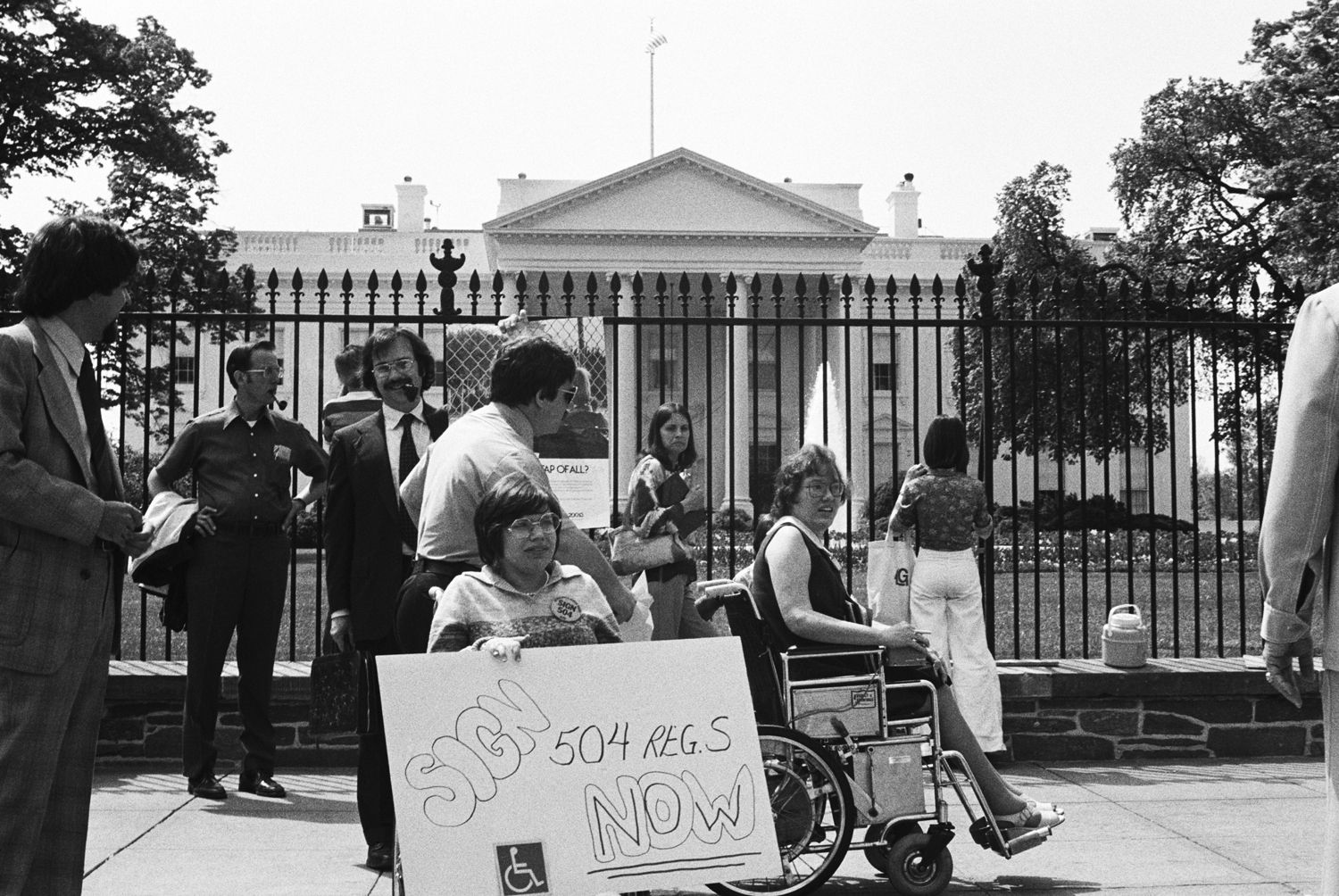
My first holidays after moving to the west coast, I caught the yellow line from Rockridge Bart into the city. It was a cold, mid-December night as I got off at the Embarcadero. In my desire to make new friends, I’d signed up to volunteer for a Christmas-themed charity event. It was at the historic Top of the Mark and I was excited to see all the Christmas lights and decorations. The views of the Bay were gorgeous, and my heart swelled with good will as I took the California Avenue cable car up to my destination. It promised to be a night I would never forget in my newly adopted city.
The halls of the famous Mark Hopkins Hotel were decked full of holiday cheer as I made my way over to the elevators to get up to the event. Moments later, I exited the elevators and was immediately met with the bedraggled face of Susan, the volunteer coordinator. It appears several volunteers had been no-shows and had increased her anxiety exponentially. Susan scanned her clipboard before looking at me with a feigned smile.
“Oh, yes.” She said, “You’re in the silent auction room with Frank. Here’s a box of pencils. Just make sure people are signing-up for the Christmas Trees!”
Christmas Trees? I walked into the large conference room and low and behold there were seven, fully flocked Christmas Trees being auctioned off. I’d never seen such beautiful and exotically themed trees, all designed by famous local artists to benefit the charity. I walked past each tree, one more elaborate and finely detailed than the last, as I headed over to a young man standing in the corner. Frank wore a Nirvana tee-shirt and aviator sunglasses. His long stringy hair cascaded out of his Santa’s cap as he stood motionless behind a small table decorated with holly and gold satin bows.
“Are you Frank?” I said and smiled cautiously. “Susan said I would be—”“So, you’re Santa’s Little Helper?” Frank said with contempt, seizing me up behind his mirror shades. Then he handed me a bright, forest green felt elf hat. “I guess you’ll do.”
“What’s my job?” I asked him, innocently and came around the table to stand next to him.
Frank turned to me, Christmas lights reflected in his sunglasses.
“Oh,” he said with a smirk. “You’ll find out soon.”
After dinner, the executive director of the charity closed the silent auction and announced the winners of the seven fully flocked, designer Christmas trees. I stood with Frank, wearing my felt green elf hat and felt a sense of relief. Susan walked toward us. I’d hoped she was going to let me off early for good behavior. Maybe help the older Ladies down to their cars with the table centerpieces they had been given as parting gifts. I mean, I hadn’t exactly done much of anything and the event looked like it was wrapping up. It was the least I could do, before being set free.
“We’re printing the receipts now,” Susan said. “You guys can start loading the Christmas trees once the guests have left the ballroom.
“Did you say, loading Christmas trees?” I said, “Into what?”
The corners of Frank’s mouth turned upward in a devilish grin.
“Into my truck,” he said. “It’s go-time, little buddy.”
I stood staring back at Frank with what must have been an astonished expression. Because Susan reached out her left hand from her clipboard and placed it on my forearm. I’m sure the gesture was meant to steady me, but instead it made me jump in my skin.
“We really do appreciate you helping Frank deliver them all tonight,” she said. “It will mean so much to the families who so generously donated their support, to have these wonderful Christmas trees to celebrate the holidays.”
“Tonight?” I said, “But I didn’t know I would be–”
“Let’s ride,” Frank said, and plopped an unwelcome arm over my shoulder. “I promise to get you home by midnight, so you don’t turn into a pumpkin!”
Did I mention the elevators at the Mark Hopkins are small? So tiny, in fact, that Frank and I had to take turns grabbing a Christmas Tree and, one at a time, escorting them down to the garage where his panel truck was parked. By the time we got all seven trees wedged into the back of his vehicle, it was going on 9:00. I motioned to get into the passenger side of his truck cab, when he glanced over from the driver’s seat and gave me some serious side-eye.
“What,” he said. “Do you think you’re doing?”
“Going with you to deliver Christmas trees?
“Yeah,” he said and rolled his eyes. “But Santa’s Helper goes in the back of the truck.”
“Seriously?”
“You don’t see Santa driving his sleigh with an elf next to him, do you?”
“Actually,” I said. “In Rudolf The Red-Nosed Reindeer there was an elf handing an umbrella to all the misfit toys–.”
Frank looked at me as if I’d gone insane. Then without another word, he pointed to the back.
“Fine,” I said, and slammed the passenger side door. “What could go wrong?”
It didn’t take long for me to answer my own question. For as soon as Frank lowered the door to the back of the truck, locking me in the dark, I realized my mistake. I was in an enclosed space with seven Douglas Pines covered in sharp needles and decked out with glass ornaments and lights. I braced myself, spreading my arms and legs along the panel truck walls as Frank turned over the engine. A rush of adrenaline came over me as I whispered to the tiny forest I found myself trapped within: “Please drive slow, Santa.”
The very next second, Santa put his truck in gear and floored it. My head hit the top of the panel truck ceiling as Frank commenced to fly out of the Mark Hopkins parking complex, catching air as he launched onto the streets of San Francisco. He flew across California Street, then down Taylor Street like the Flying Dutchman, sailing down one of the steepest streets in the world. Meanwhile, directly behind him, me and the trees flew around each other in a semi-circle, back and forth as if spinning in a broken washer. Frank rocketed toward Market Street in careless abandon, while each fully flocked Christmas tree turned me into a glittering, pine-tarred montage of Yuletide mayhem.
By the time Frank stopped at our first delivery point, I was completely covered in broken ornaments, broken bulbs, garland, and prickly pine needles. I heard him get out of the cab and walk around to the back of the truck. He lifted the door and stared up at me in utter disbelief. It was as though the man had no conception of what drag-racing through the streets of San Francisco would do to the contents of the metal box he hauled behind him. I stared down at him and, as calm as could be, declared:
“I’m driving from now on.”
And drive, I did. Over the next two hours, we delivered all seven Christmas Trees, from Pacific Heights down to the Marina and back to Union Square. I let Frank explain, minus his trademark aviator sunglasses, as each front door opened what happened to the family’s now deconstructed Christmas tree. Amazingly, they took one look at me holding their tree, and took it without complaint.
After the last smashed Christmas tree was delivered, I pulled up at Powell Street Bart Station to catch the last train home. Frank and I parted ways with a muted “Merry Christmas” then I descended the stairs to the train platform. I’ll never forget that Bart ride home, surrounded by holiday revelers, all staring at the human Christmas Tree I had transformed into. It might not have been what I’d signed up for six months before but it was a night I’ll never forget for as long as I live.


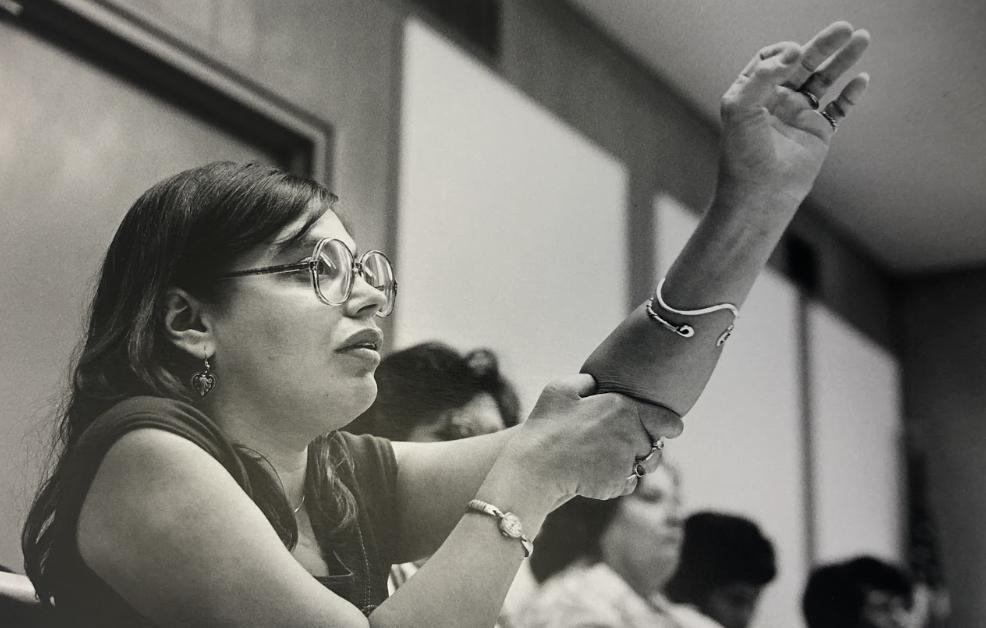 On a spring day in April 1977, hundreds of disabled American demonstrators in Washington D.C., New York, Denver and San Francisco, demand new President Jimmy Carter’s administration implement Section 504 of the Rehabilitation Act of 1973, protecting the rights of all people with disabilities. Joseph Califano, the HEW (Health, Education, and Welfare) Secretary, promises to sign the regulations after further review, though his task force has no one representing the disabled on it. In response, San Francisco-based disability rights activist Judy Heumann (30) with help from San Francisco campaign organizer Kitty Cone, stages a spontaneous Sit-In with over 150 other disabled demonstrators on the fourth floor of the old Federal building. Judy demands Secretary Califano sign the regulations now and demonstrators across the nation take Judy’s cue and also stage Sit-Ins. The media begins 24 hour live coverage outside federal buildings in each city where “the occupation army of cripples has taken over.”
On a spring day in April 1977, hundreds of disabled American demonstrators in Washington D.C., New York, Denver and San Francisco, demand new President Jimmy Carter’s administration implement Section 504 of the Rehabilitation Act of 1973, protecting the rights of all people with disabilities. Joseph Califano, the HEW (Health, Education, and Welfare) Secretary, promises to sign the regulations after further review, though his task force has no one representing the disabled on it. In response, San Francisco-based disability rights activist Judy Heumann (30) with help from San Francisco campaign organizer Kitty Cone, stages a spontaneous Sit-In with over 150 other disabled demonstrators on the fourth floor of the old Federal building. Judy demands Secretary Califano sign the regulations now and demonstrators across the nation take Judy’s cue and also stage Sit-Ins. The media begins 24 hour live coverage outside federal buildings in each city where “the occupation army of cripples has taken over.”